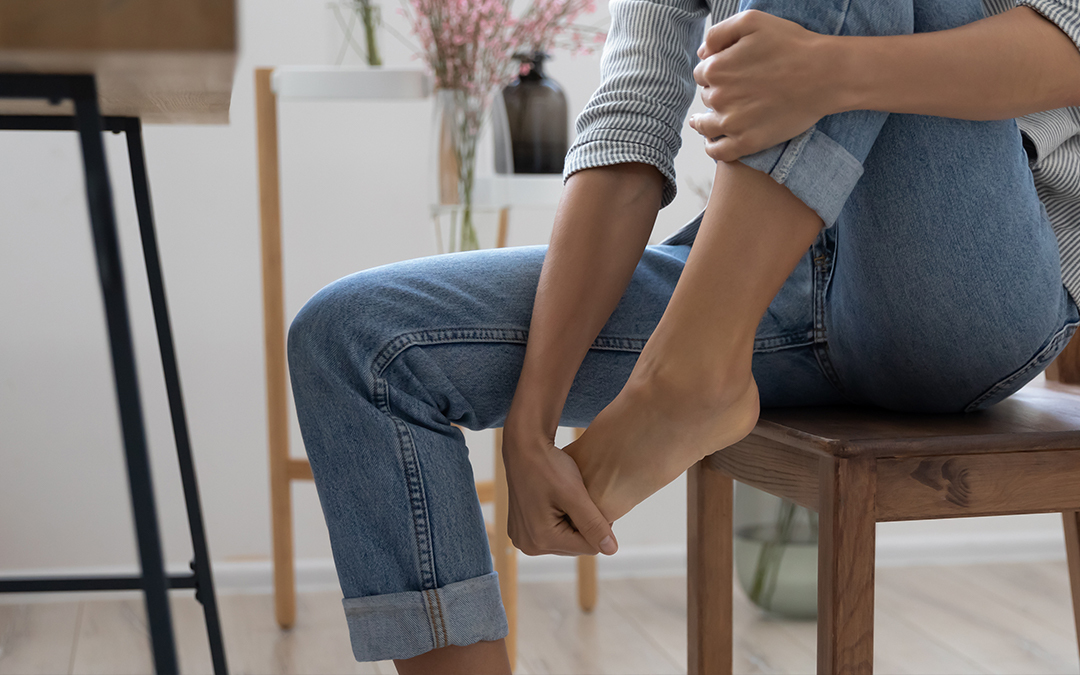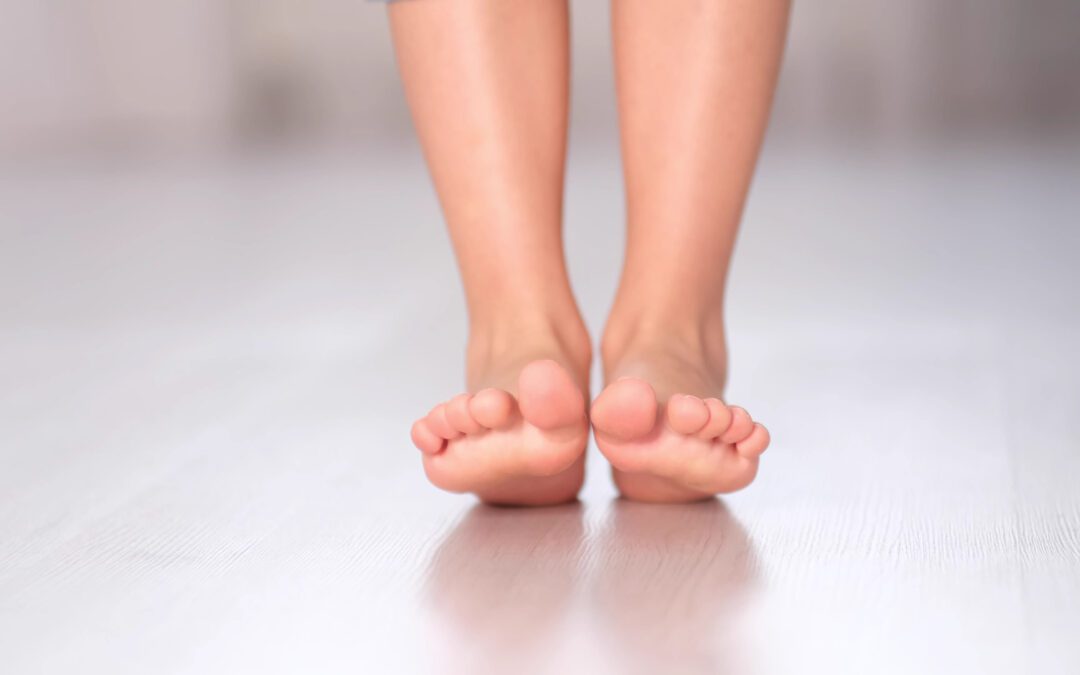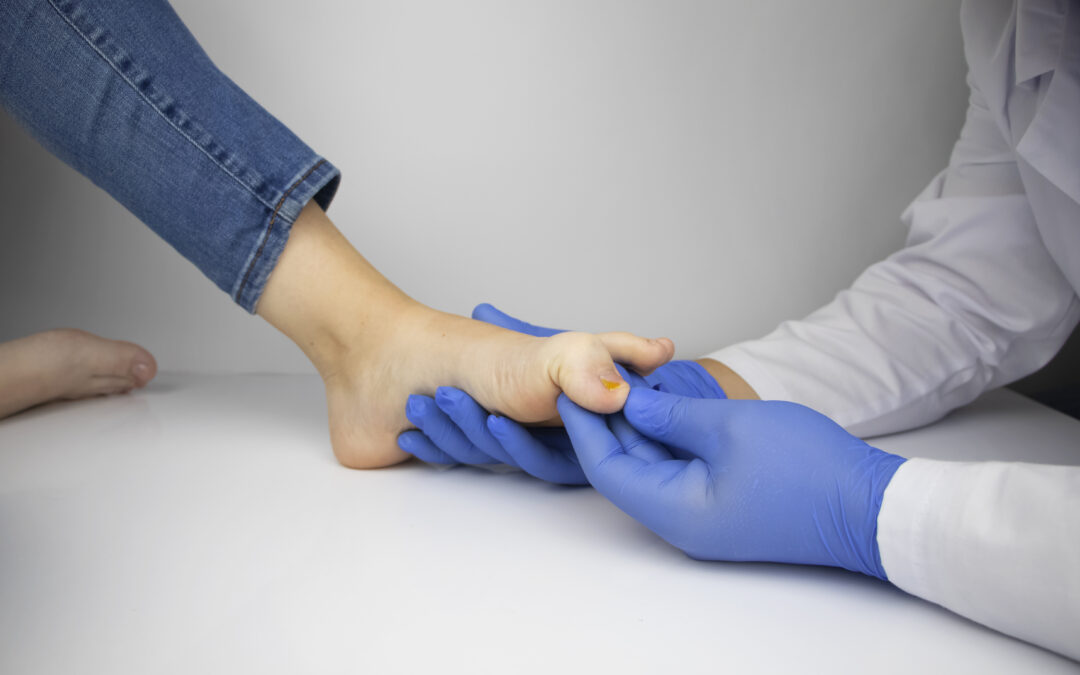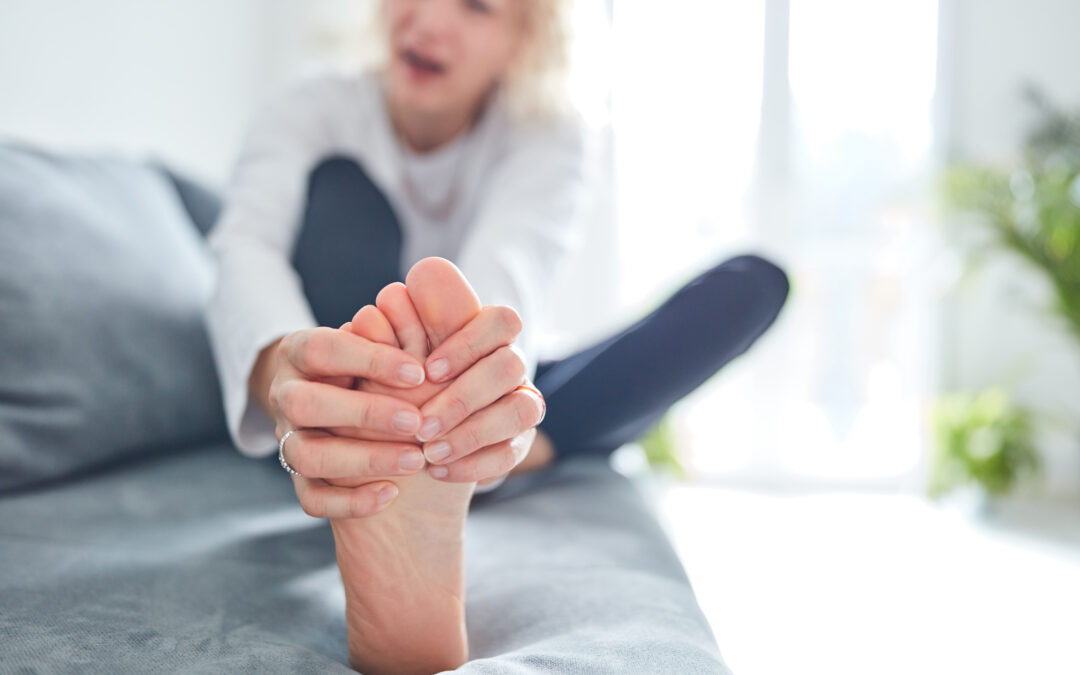Anyone who has dealt with a hammertoe understands how painful it can be.
The condition goes beyond just a primary toe deformity. It can cause serious pain when wearing closed shoes, difficulty walking and unwanted corns and calluses.
Unfortunately, hammertoes are not something that can go away on their own. Regardless of what causes the deformity, they may need medical treatment or surgery to correct the deformity.
Another unfortunate fact is that while most hammertoes do not recur after surgery, some can. Here are some of the things you can do to try to prevent hammertoes from initially developing or from coming back after surgery.
What Is A Hammertoe?
Hammertoes are contracture deformities of the toes. When hammertoes occur, the toes assume a crooked or bent position. Hammertoes more often impact the lesser digits of the foot but may affect the big toe. Hammertoes may be caused by genetics, improper footwear, or trauma to the toe.
Hammertoe deformities are categorized as flexible or rigid. A flexible hammertoe has a flexible, moveable joint. These are typically easier to fix than non-flexible hammertoes. A rigid hammertoe does not have mobility at the joint and is rigid or fixed in it’s contracture deformity. Rigid hammertoe deformities may develop over time, when patients have not sought treatment for their flexible hammertoes.
Treating Hammertoes Without Surgery
In some cases, hammertoes will ultimately need surgery to remedy the deformity. However, there are conservative measures people can take to help prevent hammertoes from forming or to slow the progression of hammertoes that may already be present. These include:
- Changing your footwear. Footwear that restricts the toe (such as pointed-toe shoes or shoes with a shallow toe box) may exacerbate hammertoe pain and may encourage the deformity to worsen. Patients should wear shoes that are comfortable with a deep, roomy toe box.
- Applying non-medicated padding to any corns or calluses. Hammertoes may develop corns and calluses resulting from hammertoes rubbing against footwear. Corns and callouses can cause severe pain and limit normal walking. Padding these areas can reduce the shoe rubbing and the resulting pain.
- Using orthotics if necessary. If your hammertoe is influenced by genetic foot structure, your doctor may recommend prescription foot orthotics to prevent foot deformity such as hammertoes.
What Is Hammertoe Surgery Like?
Hammertoe surgeries are typically performed in an outpatient surgery center and patients recover at home. The surgery may be performed using local anesthesia or IV sedation anesthesia. Most hammertoe surgery is categorized as minor surgery. After surgery, pain is usually mild and usually only lasts for a few days. Pain is directly influenced by carefully adhering to post operative instructions. OTC analgesics may be adequate to control this discomfort. However, mild to moderate analgesic medication may be prescribed and taken for 1 or 2 days if needed. Patients coordinate post op visits at their doctor’s office.
During the surgery, doctors will reduce the hammertoe deformity while operating on the bones and ligaments within the affected digits. After the surgery, the area around the incision may be swollen. Rest, elevation, anti-inflammatory medication, and other post-surgical medications may be prescribed by your doctor after surgery.
What Can I Do To Prevent Hammertoe Recurrence?
Prevention will focus on wearing correctly fitted shoes and shoe styles that do not compress the toes and encourage recurrent foot deformity. Dress shoes, including high heels, may be allowed for specific events and for short periods of time. But daily shoe gear should fit comfortably on the foot and around the toes. Treating issues related to your foot structure (such as flat feet, falling arches or pronation syndrome) will assist prevention.
Finally, making regular appointments with your podiatrist will not only be beneficial but is necessary to prevent recurrence after hammertoe treatment. To meet with a podiatrist at Podiatry Associates, click here.





